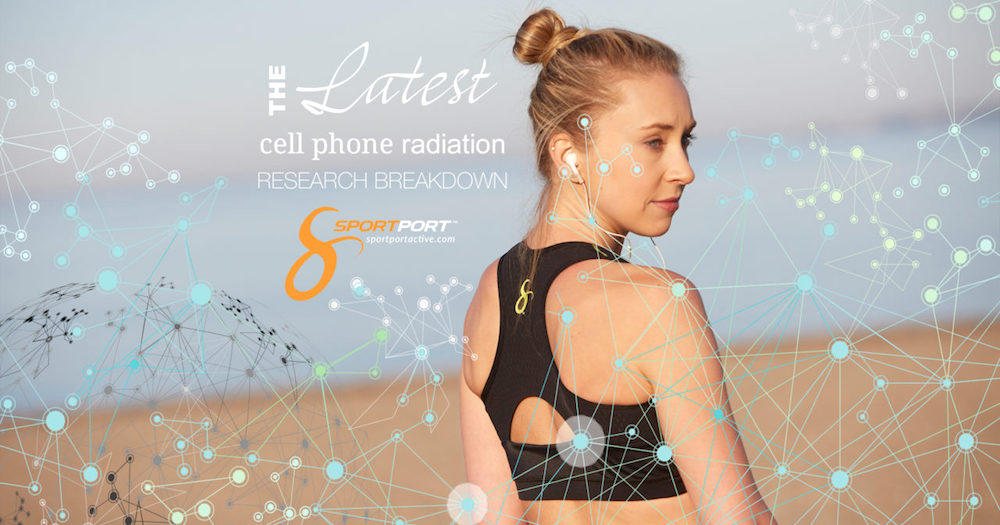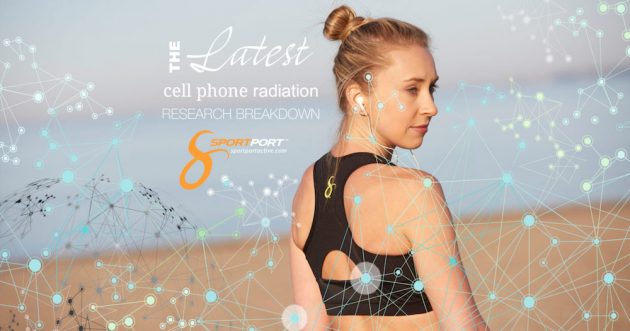By Casey Clark Kelley
Almost everyone these days has a device of some kind ready at a moments notice to keep us connected or entertained. We’ve come to depend on the reliability and function of a cell phone to complete our daily tasks to the point where we may feel lost without it. This dependence may even overshadow the potential danger we are exposing ourselves to: cell phone radiation. You may not even realize this is something you should worry about and, if so, then you’re not alone. Cell phone risk factors do require more research, but at this point there is enough information to be concerned. Here are some answers to commonly asked questions about cell phone dangers.
What is cell phone radiation and why should you be aware of it?
Cell phones emit electromagnetic radiofrequency (EMF-RF) radiation, which are low frequency energy waves. The World Health Organization classified cell phone radiation as a possible carcinogen (cancer-causing substance) in 2011.
What does cell phone radiation research tell us?
There are continuous, ongoing studies currently that will hopefully provide us more insight into the long-term health dangers of cell phone radiation, however, the results of a multi-year study by the National Toxicology Program in 2016 suggested a possible link between wireless devices and brain cancer.
How does cell phone radiation affect our bodies?
Long-term, regular use of mobile devices increases your exposure to EMF radiation. This exposure may increase your risk for cancer, as well as potentially alter brain metabolism.
What can you do to limit this exposure?
There is always the option of using your cell phone less and turning it off when you’re not using it, as well as storing it a safe distance away from yourself. To know the safe distance of your phone, you can find it printed in your cell phone’s user manual. When using your phone, you may reduce your risk by using the speakerphone or a blue-tooth device for phone calls instead of holding it near your head. Text messaging might also be a safer option than phone calls.
Is there anything else that can be done about this exposure? Fortunately, as this health concern gains awareness, companies are starting to notice the need for protective gear. Kim Highfield, owner and founder of SportPort™, originally never had dreams of breaking into the athletic apparel industry, but she recognized a modern problem that needed to be addressed. “As women become more attached to their phones, many of them carry cell phones in their bras while working out. We have responded to this possible health hazard by developing a line of compression sportswear for women, including a sports bra, that provides an accessible protective cell phone pocket with patented technology acting as an EMF barrier.”
While this innovative design was several years in the making with extensive research and development, the technology has since been incorporated into multiple garments, as well as an iPhone Running Armband. Losing both parents to cancer, Kim’s motivation to develop this technology was very personal and she aimed to offer protective alternatives for the everyday athlete’s phone storage options. “I knew there was a need for the pocket,” Kim says. “I knew athletes needed a place to put their cell phones.” She was concerned of the potential damage people were doing to their body with endless EMF exposure. The 4-way compression stabilization of the pocket keeps the user protected, while also providing the secure storage they need.
It is unlikely that we will stop using mobile devices anytime soon, but we can put our health first by taking knowledge-based steps to protect our bodies.
# # #
Kim is a veteran athlete and founder of an elite compression sportswear company, SportPort™, located in Charlotte, NC. You can learn more about her company at SportPortActive.comWhile cell phone radiation risks are becoming more and more prevalent in the news, it can be hard to know if there is new information you should be aware of. Relevant information and cell phone safe distance guides can be found at Sportportactive.com.
Casey Clark Kelley is a writer, certified lifestyle coach, and fitness instructor. She enjoys staying active with long distance running, cycling and cross-country skiing as New England weather allows. Info@caseyclarkkelley.com








